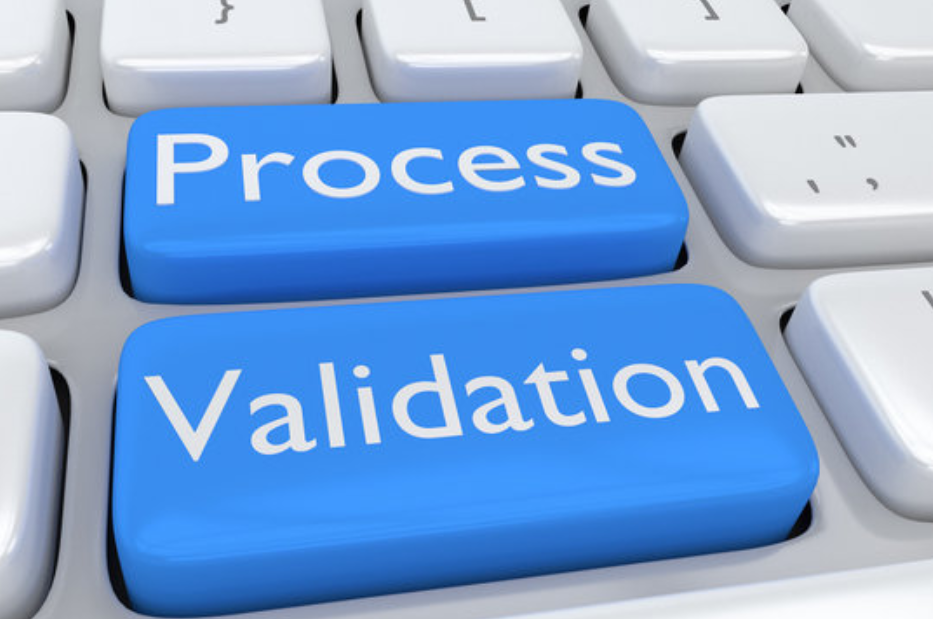Medical Device Manufacturing and Process Validation
ISO 13485:2016 has the following requirements regarding process validation has the following requirements regarding
7.5.6 Process validation for manufacturing and service provision
If the outputs resulting from the process of manufacturing and service provision cannot be verified by subsequent monitoring or measurement or if no verification is performed and, as a result, defects only become apparent after the product is used or the service is provided, the organization shall applicable process validation of its manufacturing and service provision.
Validation demonstrates that these processes consistently deliver the planned results.
Similarly, the FDA QSR (21 CFR 820) requires the following
820.75 Process Validation
If the results of the process cannot be adequately verified by subsequent inspection and testing, they shall be validated with a high degree of confidence and approved according to established procedures. Validation activities and results shall be documented, including the date and signature of the person or persons approving the validation, and if appropriate, the primary device validated.
In other words, process validation is performed when the results of a manufacturing process cannot be adequately verified by inspection or testing (i.e. special processes).
Special processes are processes that include destructive testing. Typical examples include soldering, crimping, sterilization, welding, fusing, and bonding.
If destructive testing is conducted, the product cannot be shipped as a product. Therefore, sampling inspections must be conducted for these special processes.
Unlike a full inspection, sampling inspections cannot guarantee 100% product quality.
Therefore, instead of guaranteeing quality by inspection results, etc., the process must be validated in advance so that the special process in question can guarantee 100% quality.
This is process validation.
If the subject process is a computerized system, software validation (CSV) must be conducted in advance prior to process validation.
If the process under consideration is manual (e.g., hand soldering), the qualification of the personnel who will perform the process validation is required in advance.
In other words, only personnel with competence can perform process validation and be in charge of this Only personnel with competence can perform process validation and be in charge of this special process.
The author once conducted an audit of a major Japanese medical device company.
In doing so, we scrutinized the records of skill tests in the training records of the workers performing the soldering.
To his surprise, the personnel’s proficiency test result was 60 points.
In the audit report, we pointed out that “personnel with a soldering skill test score of 60 were put in charge of a special process.” The audited department refuted the report.
The auditor’s personal criteria and opinion were unacceptable: “A soldering skills test result of 60 points, pass or fail, is a personal criterion and opinion of the auditor.”
What would readers think?
The author says, “Soldering should only be performed by personnel who can score 100 points. If a person with a score of 60 performs soldering, 60 soldering locations will fail for every 100 locations. mark>.” I responded.
The lack of knowledge of quality assurance of the company in question is appalling.
The goal of process validation should be 100% quality assurance.
In the case of sterilization, 100% sterilizability must be guaranteed by process validation (in fact SAL 10-6) should not be shipped.
related product
[blogcard url=”https://xn--2lwu4a.jp/qms-md/” title=”QMS(手順書)ひな形 医療機器関連” ]]]>


Comment